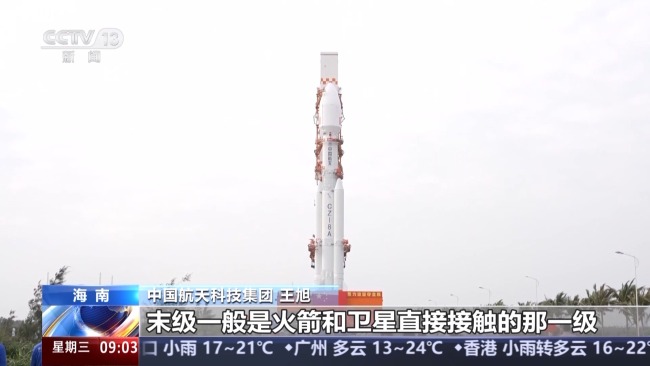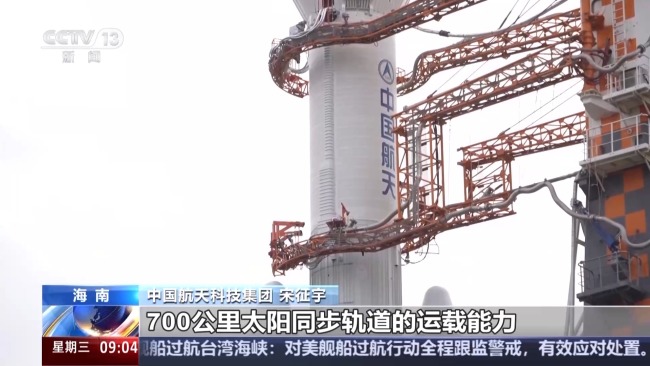A new generation of launch vehicle family has added new people! How to fly steadily and accurately with quasi-long eighth aristocratic flights?
The Long March-8 rocket was also known as the Long March-8A rocket. It was developed by the China Institute of Launch Vehicle Technology. Its first flight was successful, marking a new addition to my country's new generation of launch vehicle family.
From the appearance, compared with the Long March 8, the Long March 8 rocket has not only replaced the fairing with a larger diameter, but also replaced the thicker secondary rocket. It is called the 3.35-meter diameter universal hydroxide final stage. Why is it replaced with a thicker secondary rocket?
The last stage refers to the last stage of the launch vehicle. Its work usually ends when the star arrow separates and the satellite enters orbit, and the performance requirements are very high.

Wang Xu from China Aerospace Science and Technology Corporation: Different rockets may have second-stage, and may have third-stage rockets. The second stage of the second stage is its last stage, and the third stage of the third stage is generally the last stage, and the last stage is generally the stage where the rocket and satellite are in direct contact.
For Long March 8 A, level 2 is its last level. Currently, the Long March series of rockets mainly use hydrogen and oxygen as the last stage fuel is a 3-meter-diameter rocket. The second stage of the Long Bajia Rocket is 3.35 meters, which can carry more fuel and have stronger power.

Song Zhengyu, China Aerospace Science and Technology Corporation: The last stage of the Long March 8A, we have redeveloped a general hydroxide and oxygen final stage with a diameter of 3.35 meters. The thrust of each engine has also been increased, which has achieved a two-ton increase in the carrying capacity of the 700-kilometer solar synchronous track.
3.35-meter diameter universal hydroxide final stage will play its "universal" function in the future. It will be used as a mature module for other rockets to select, effectively improving the carrying capacity of the Long March series launch vehicle.